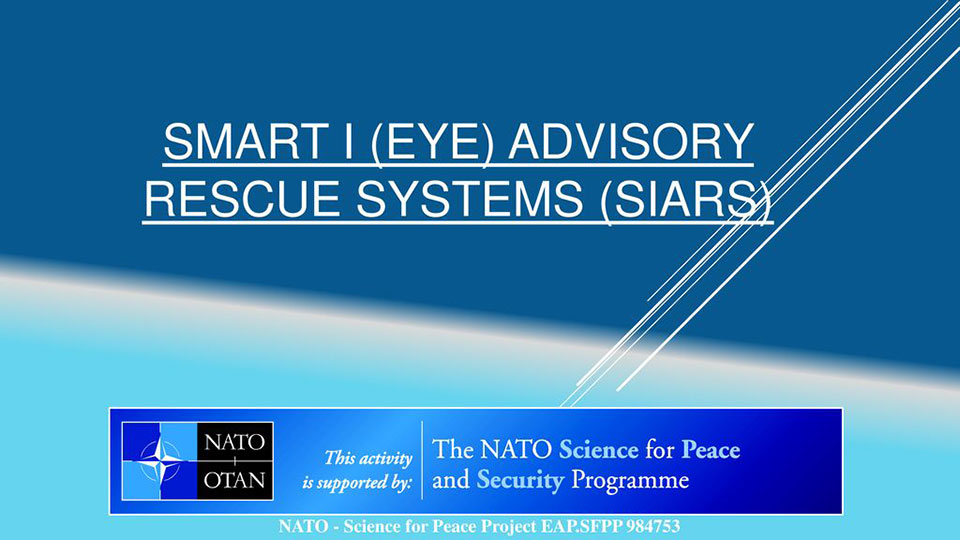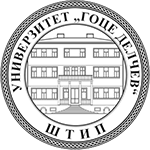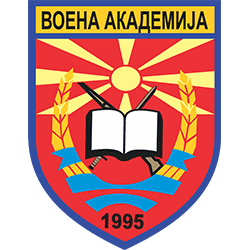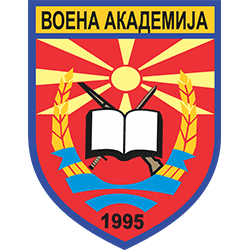
Description
SIARS is about modelling, developing and integration with selected existing Information Systems of a new state-of-the-art telemedical Information Systems that will allow saving more injured patients and lessen the death-rate on the battlefields. The system will have consisted of a mobile device that will help the life-savers on the battlefield, gather and organize the medical data of the injured patient, use the satellite connection to transfer the data to the designated medical facility that will take medical care of the injured person.
Specifically, implementing SIARS in a the multinational environment will positively influence on achieving NATO’s strategic objectives, which refers to human and social aspects of security. Consequently, it will increase the level of saving people’s lives (VIP, soldiers, civilians, etc.) in NATO –led operations and missions. The modules in SIARS (video-streaming of the injured person, constant monitoring and recording health condition of the patient during transportation, etc.) are initial steps, which will be used for accomplishing security goals in terms of human and social aspects of security.
| Title: | „SIARS“(Smart I (eye) Advisory Rescue System) |
| Head: | Dr. Jugoslav Achkovski, assistant professor |
| Type: | Scientific research |
| Duration: | April 2015 – April 2018 |
| Finance: | International project funded
NATO – Science for Peace and Security (SPS) Programme |
| Budget (total): | 390 000 € |
| Budget (Macedonia): | 123 000 € |
| Partners: |
|
| Members of the SK1 team: | Jugoslav Achkoski, Dr, Assistant Professor, MA,UGD |
| Saso Koceski, Dr, Assistant Professor, UGD | |
| Goce Stevanoski, MOD / Army | |
| Ivica Kocev, UGD | |
| Dimitar Bogatinov, Teaching Assistant, Ph.D.,UGD | |
| Boban Temelkovski, MOD / Army |
Goals
- Comparative analysis with the other telemedical information systems (IS) used in military environment;
- Definition of a IS model with modules that can provide efficient information exchange;
- Development of a modular platform that can be upgraded with additional medical services latter;
- Development of prototype services (applications) for distributed telemedical IS that can work locally or via satellite connection;
- Definition and description of apposite standards in order to surpass the technological dependence for creation of a completely based SOA information system;
- Selection and description of security standards for SOA – to be used for achieving certain control level for access and authentification;
- Definition of metrics for implemented services evaluation that can provide comparison with the existing NATO telemedical services and protocols.
Expected results
- Design of a SIARS model prototype
- Developing a modular platform that allows adding services (functionalities);
- Implementation of the on-line module – the user-friendly interface for fast information exchange between the technician, the specialist and TOC;
- Developing the multimedia module;
- Implementation of the recording module for initial assessment of injured to obtain the medical parameters about the injured on time without any error;
- Implementation of local off-line module for advisory/learning service that incorporates the existing NATO medical procedures and intelligent assessment of the injury;
- Successful testing of the developed system in a simulated military environment;
- Laboratory verification of the telemedicine IS in order to screen achievements of system functionality in normal and quasi-military environment according the defined goals.
Military academy “General Mihailo Apostolski” – Skopje
Str. Vasko Karangelevski BB.
Skopje, 1000, Macedonia


